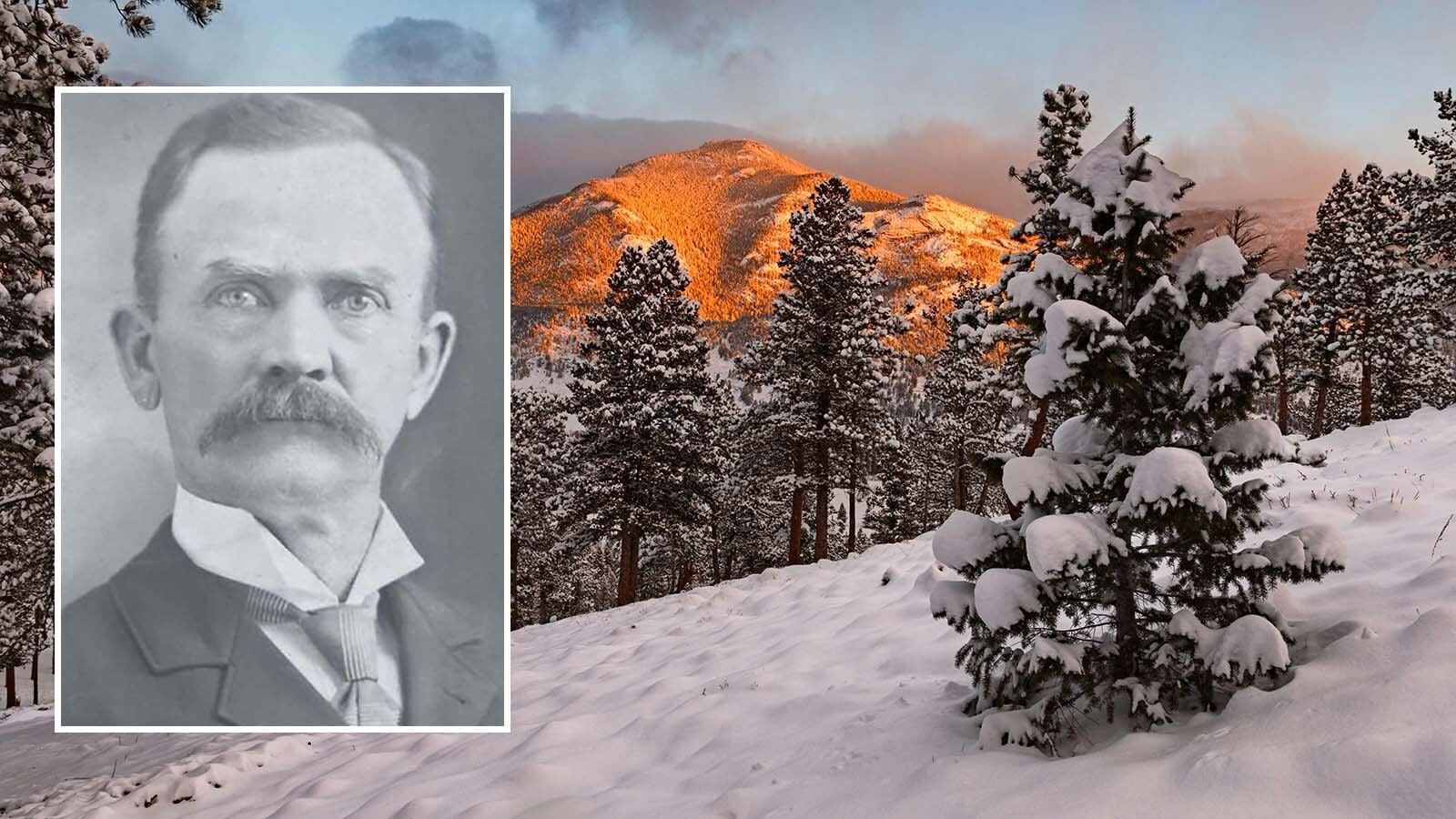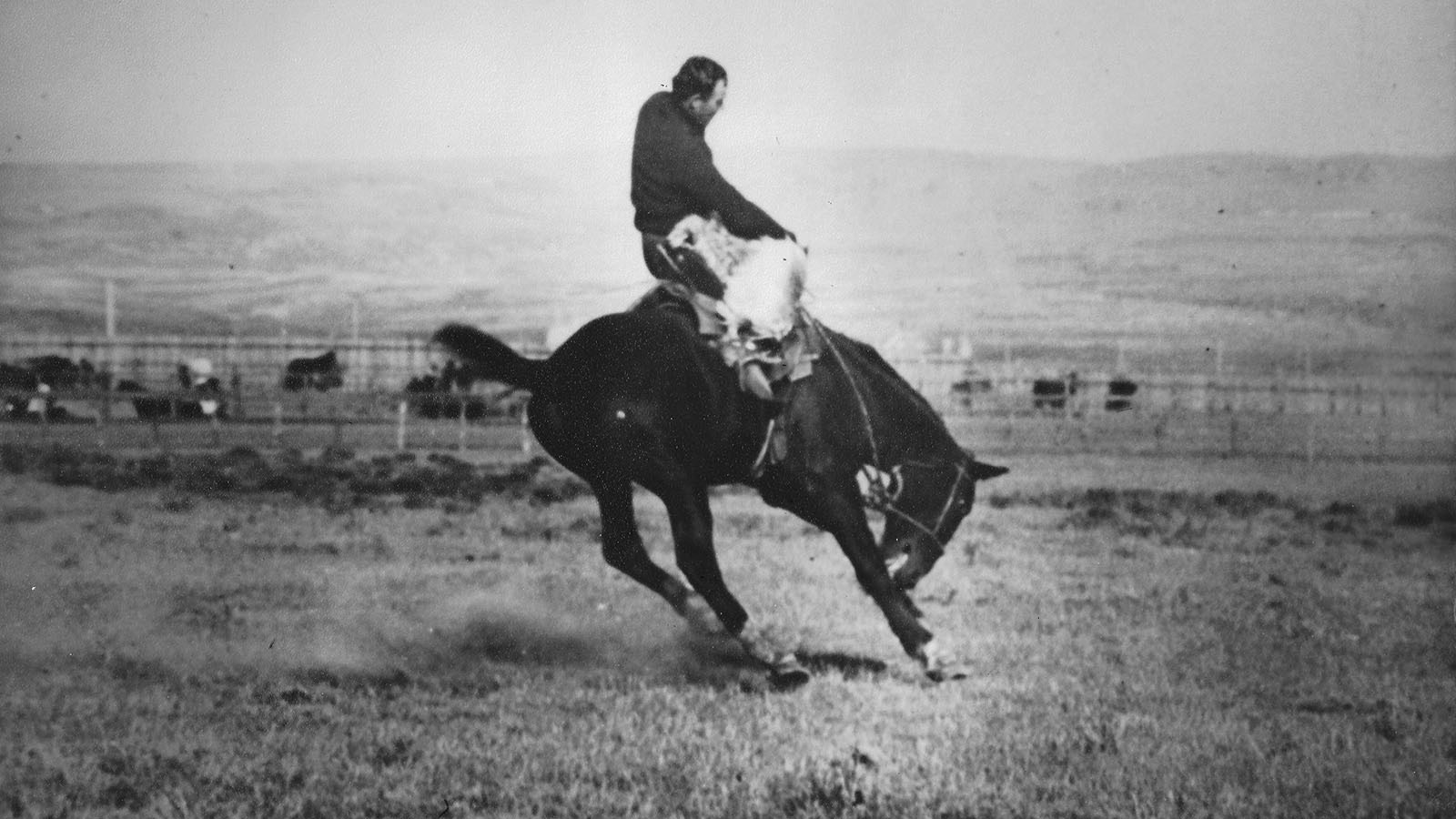At the time, Cripple Creek was the fourth largest town in the state. Some 32,000 people lived in the district and business was booming.
The 1900 City Directory listed 52 stockbrokers, 3 banks, 3 stock exchanges, 10 insurance representatives, 9 jewelers, 49 grocers, 68 saloons and 54 gambling halls and a variety of other establishments, including breweries.
A Sweet Concoction Born in a Brewery
Adolph Coors, the Colorado brewer, owned a brewing establishment Cripple Creek at the time, located at 241-243 Bennett Avenue. The German born Coors had been accustomed to the European tradition of breweries owning local pubs to help distribute their product. Coors carried on that tradition in Colorado.
As his brewery prospered, he purchased buildings in various towns, Creede, Georgetown, and Cripple Creek to name a few, then leased the building to prospective saloon owners who, in turn, would sell beer in their establishments. The Coors brewery in Cripple Creek was leased by Henry Bunte in 1896.
Adolph Zang, another German brewer, was Coors' strongest competitor in Cripple Creek. The Zang Brewing Company operated out of the Miner's Stock Exchange Saloon, also on Bennett Avenue.
The Cripple Creek Brewery was another competing business, located on Myers Avenue, but lagged behind the two German breweries. Each brewery was always experimenting with new concoctions in an attempt to create the next great brew.
In August 1893, Frank J. Wisner, owner of Cripple Creek Brewing, was experimenting with a root syrup and carbonated water. It was sweet to the taste and he decided it could be a root ingredient for an even better sweet treat.
In a tall glass, he powered his root carbonated concoction, molasses and water, and then dropped a scoop of ice cream in as well.
And there it was! The "Root Beer Float" was created on August 19, 1893, in Cripple Creek, Colorado.
Wisner originally called it the “Black Cow,” inspired by the moonlit view of the nearby snow-capped Cow Mountain. Wisner began serving it as the "Black Cow Mountain." The name was later shortened to "Black Cow."
The Root Beer Float Gains Attention
Soon, word of mouth, literally, got around town and the root beer float was served all over Cripple Creek, from the Miner's Exchange to saloons and restaurants. It wasn't long before soda shops and pharmacies with soda fountains were also serving the sweet treat, now known as the “Root Beer Float.”
The soda fountain was created in the 1850s, when people would seek carbonated fountain drinks from their local drugstore to cure physical ailments. At the time, many fountain drinks were concoctions or extracts of flavored, effervesced drugs.
Cocaine and caffeine were among such popular drugs found in pharmacy drinks—this combination was used for headache treatment. Selling cocaine-derived drinks was completely legal, as was every drug sold over the counter. Cocaine would not be classified as a narcotic until 1914.
As patients began to suffer rebound headaches, they would return again and again for more drinks to treat their pain. Patients frequented the soda fountain to get medicine and for a little “pick-me-up” as it was widely believed that stimulants were safe and effective. Many pharmacists (called druggists at the time) even made their own secret formulas.
Earlier, a New Yorker, John Matthews had patented a design that would make artificially carbonating water more cost-effective. His machine was a metal-lined chamber where sulfuric acid and calcium carbonate were mixed to make carbon dioxide which are artificially carbonated waters, at a quantity that could be sold to drugstores or street vendors.
By early 1900, a potential soda jerk, one who serves and sells from a soda fountain, could purchase a Liquid Carbonic soda fountain, complete with marble top, an operations and recipe manual, and enter the soda fountain business.
Gustavus D. Dows invented and operated the first marble soda fountain and ice shaver, which he patented in 1863. It was eye-pleasing white Italian marble, onyx, and glistening brass and placed in front of large mirrors. In 1883, Boston-based manufacturer James Walker Tufts patented a soda fountain which he called the Arctic Soda Apparatus. Tufts went on to become a major soda fountain maker, selling more soda fountains than all of his competitors combined.
Soon, pharmacies all across America installed a soda fountain in their establishment. Along with carbonated beverages and sweet treats, milk shakes with carbonated water, ice cream and sweetened flavored milk were all the rage.
Ice cream, a sweet cold treat, came to America from France in the early 18th century. Other concoctions included the Coke Float with carbonated Coca-Cola and vanilla ice cream, the Boston Cooler with Ginger-ale and vanilla ice cream, the Purple Cow with grape soda and ice cream, and so on.
Today, soda fountains are considered as old-fashioned, yet a charming and even nostalgic part of our past – our American history. And the Root Beer Float, also a product of yesteryear is still enjoyed today – in Cripple Creek and all over America.
Linda Wommack can be reached at lwomm3258@aol.com





